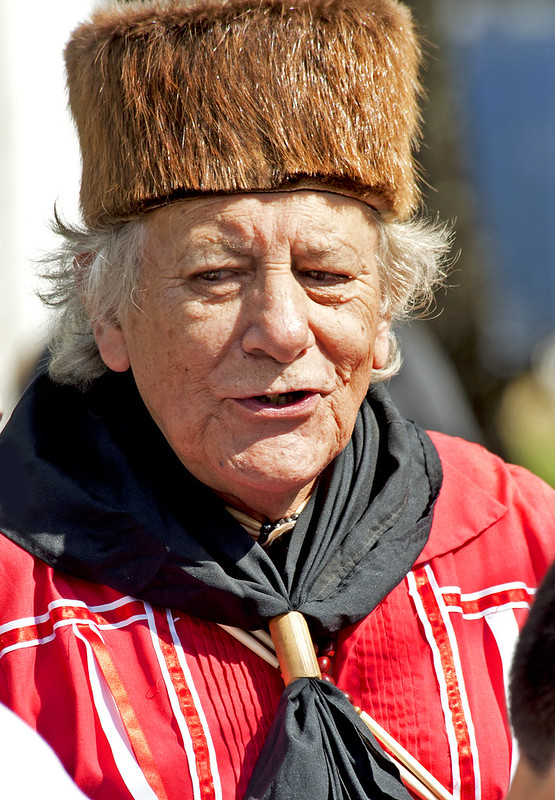Table of Contents
[ad_1]

Image by Samuel King Jr. by means of Flickr.
Geography, race and ethnicity participate in a crucial purpose in how extensive individuals stay. Absence of accessibility to preventive care, various chronic conditions and distrust of the overall health process are also extra prevalent amongst selected populations, which include American Indians/Alaskan Natives. It is an critical well being story that might be missed, even by journalists who regularly report on this inhabitants.
I just lately participated in the webinar, “Health: Fairness: Aging and Overall health Care Disparities in Indigenous Communities” as component of an AHCJ partnership with the Indigenous American Journalists Association (NAJA). It is not a topic I was much too familiar with, so I was grateful for the possibility to find out much more. As this new idea sheet explains, even though the American Indian/Alaska Indigenous more mature populace will additional than double to 648,000 by 2060, the teams have a decreased lifetime expectancy, lower high quality of existence and are disproportionately affected by a lot of chronic conditions than other racial/ethnic groups, according to the CDC.
A lot of this shorter lifetime expectancy has to do with prevalence of numerous chronic conditions like obesity and heart illness and way of life fears like using tobacco. Additional than a single in a few American Indian/Alaskan Indigenous grownups 50 and older are obese two of each a few more mature grown ups do not interact in monthly actual physical exercise. And these teams are 30% extra possible to have significant blood tension in comparison with other populations and are 20% extra most likely to smoke — the greatest prevalence amid all teams.
There are a number of other aspects contributing to reduced longevity, including:
- Lack of obtain to top quality care
- Absence of a common key care provider
- Mistrust of the health and fitness process, specially governing administration-operate entities
- Absence of culturally proper treatment
- Lack of family caregivers who live on or in the vicinity of tribal lands
This new review in The Lancet reveals troubles a lot of American Indian/ Alaska Indigenous elders come upon. Researchers seemed at lifestyle expectancy between five racial-ethnic teams by U.S. county and found that life expectancy traits differed between 2000 and 2019. Although some teams narrowed the lifestyle expectancy hole when compared with whites, the adverse big difference for the American Indian/Alaska Indigenous inhabitants as opposed with the white populace enhanced across a broad swath of counties. Usha Lee McFarling of STAT information did a deeper dive into what these effects mean.
Some of us may be responsible of grouping the American/Indian/Alaska Indigenous population into a single homogenous team, just as we often do with “older older people.” On the other hand, each tribal country is distinctive and has exceptional strategies to addressing well being disparities and getting older. It is not always effortless to report on given that the CDC and other companies never generally deliver these types of in depth information and facts. However, it’s vital for journalists to respect all those dissimilarities and tease out the nuances as most effective as they can.
Sources for reporters
[ad_2]
Source hyperlink







More Stories
10 Reader-Favorite Food & Kitchen Hacks
Middletown health official predicts COVID cases will soon rise
There’s a Physician Shortage In the U.S. Here’s Why